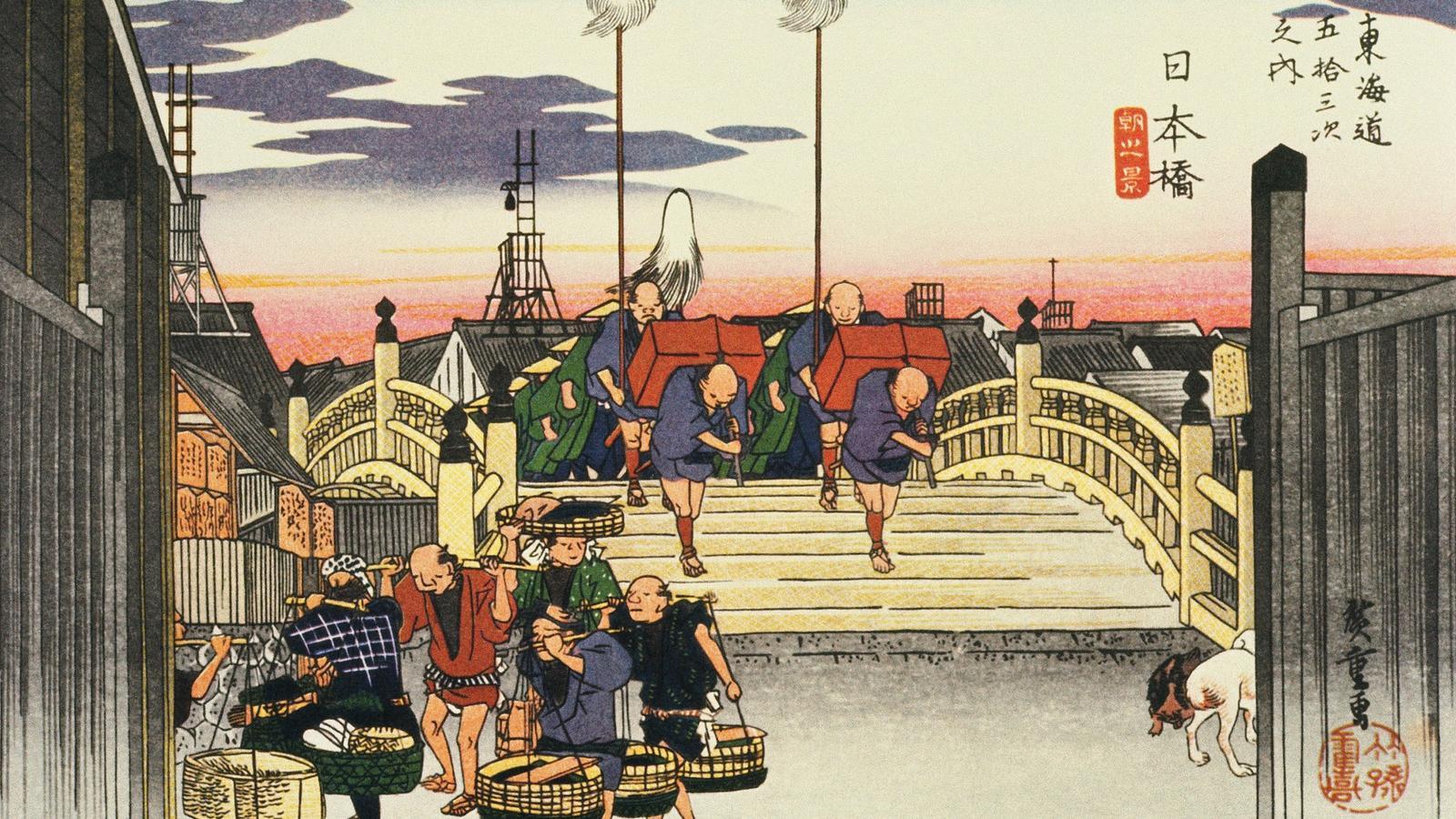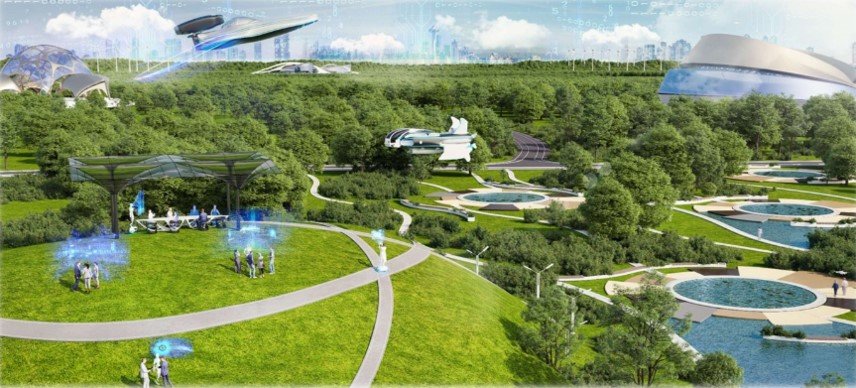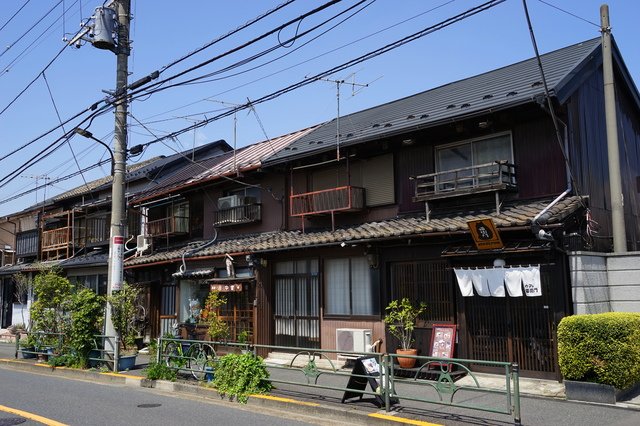How Tokyo Can Become a "Circular City" as Taught by the Edo Period

The Circular Economy - Learning How to Use Energy from Edo and Applying It to the Present
The Edo period lasted from 1603 until the restoration of imperial rule in 1867, and a unique culture developed during the more than 200 years of national isolation. Edo was a circular economy in which energy and resources were supplied domestically and all major life resources—clothing, food, and housing—were recycled and reused.
The goal of the Tokyo Bay eSG Project, the government's urban vision for the Tokyo Waterfront City area and the Central Breakwater Reclamation area, is "having 100% of the area's energy needs met by clean energy." While it is needless to say that only clean energy was available in the Edo period, there are things we can still learn today from this period about how to use energy in the best way possible.

Nights were dark during the Edo period, and the only light available was provided by paper lanterns lit with a small amount of oil. Giving it a try myself, I was unable to read a modern book by the light of the lantern, but it was enough to illuminate books and ukiyo-e prints from the Edo period.
In other words, people in the Edo period made their lives more livable by adapting to the sources of energy available to them at the time. Today, the opposite is true—we are continually trying to secure enough energy to protect our current lifestyles.
To achieve a circular economy, we need to adjust our lives to match the amount of energy we are able to procure, and then from there transition to clean energy. Both changes are needed, in my opinion.

Tokyo's Abundance of Canals and Gardens Are Two of Its Charms
Edo was a city filled with an abundance of nature compared to other European and Asian cities. If Tokyo were to revert back to being more like Edo again, in the eyes of the world it would surely be seen as an attractive city with water and greenery close at hand.
One aspect of particular focus for me is Tokyo's canals. Edo was a city of riverbanks with a great many boats constantly passing by. I think that if we were to move boats along Tokyo's existing rivers and use them as transportation routes, it would change the way the city's residents think about water.
It would be somewhat slower to travel and transport goods by boat, but it would inspire people to keep the rivers clean, and an increase in the water's surface area would help alleviate the heat island effect.
Another resource I would like to see made use of is gardens. Japanese gardens are characterized by a sense of unity and respect for nature, and Edo was full of them. They were located within the residences of feudal lords so commoners were not allowed to enter, but together they covered a truly vast area.
Making use of such Japanese gardens would help increase the amount of greenery around Tokyo available to the public. In cities abroad, there are parks that are mainly for play, but there are few such gardens where professional gardeners work to create a beautiful landscape. If we were to promote Tokyo's gardens as one of its attractions, I think it would draw the world's attention to how unique the city is.
Reviving Tokyo's Individuality to Create a Bay Area True to Character
To create more comfortable "human-centered" spaces in the modern age, one thing I would like to focus on is revitalizing "row house" communities.
While modern industrialization has separated the home from the workplace, the row houses of Edo served not just as residences but also as places of business, what we now refer to as mixed-use development.
The COVID-19 pandemic has caused many of us to think, "Maybe we can live in and work from the same place." I believe that if we were to create modern row houses in Tokyo's Bay Area, it would turn into a place that would connect people, especially young people, not only in their lives but also in their work.

Tokyo gave up a great many things in its transition from Edo. Some of which we could go without, but many were too good to throw away. The city's canals, gardens, and row houses are highly distinctive features not found in any other city in the world.
Rather than aiming to evolve along the same path as other cities, I have high expectations that Tokyo can become a city impossible anywhere else by bringing back the unique character of Edo.
Tanaka Yuko
Tokyo Bay eSG Project
A project set in the Tokyo Bay Area as a vision for the city's urban development over the next 50 to 100 years. Version 1.0 established in April 2021. In February 2022, TMG will release an upgrade to accelerate its efforts and clearly state its future plans to achieve the world's most advanced cities.Photos by Matsuda Maki
Translation by Amitt





